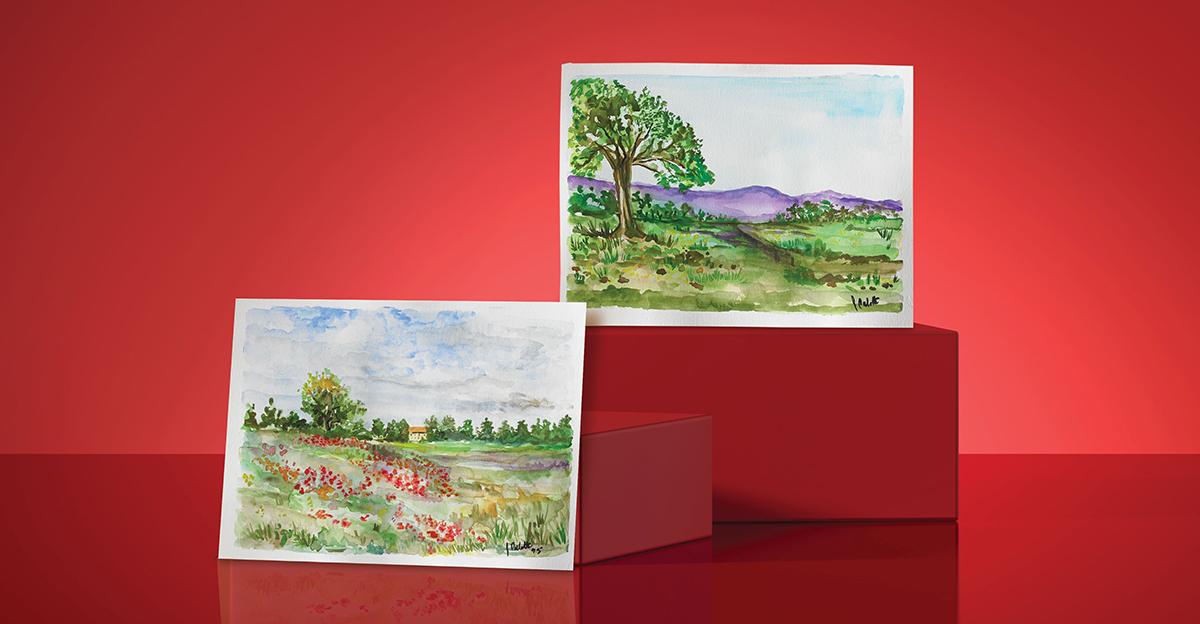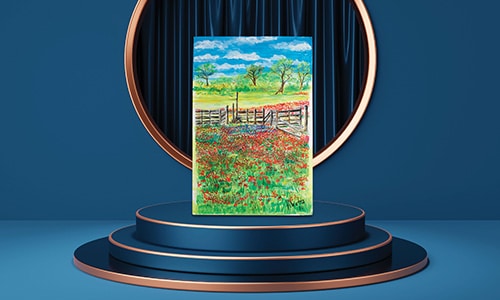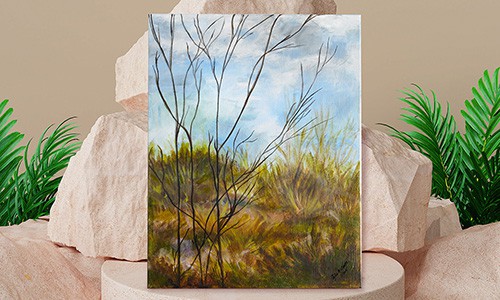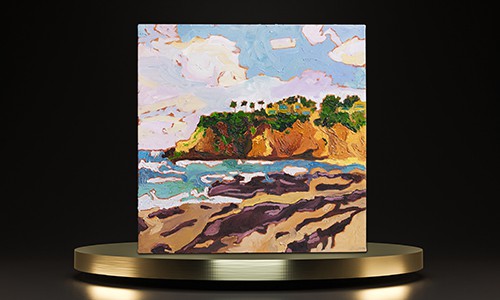Watercolor is a wonderful medium for capturing and depicting the nuances of each season. From dusky winter darkness to summertime sunshine and everything in between. Masters like John Singer Sargent, Auguste Rodin, and Camille Pissarro were geniuses of the seasonal watercolor landscape. Art lovers everywhere still marvel at their techniques. Your students can explore these techniques with our Watercolor Landscape art lesson plan.
From dry brush, graded washes, flat washes, sgraffito, and masking techniques to adding salt, alcohol, and additives, students will experiment before beginning their landscape. Once they’ve mastered these basic techniques, the young artists review photographs they’ve collected of landscapes in various seasons.
They’ll select one based on artistic values. These include subject, center of interest, shapes, lines, movement, values, color harmony and contrast, and other elements that create a successful composition. Putting the techniques they’ve learned to work, they’ll create a watercolor representation of their selected photograph. When complete, students will discuss their final works, including how they used line, color, form, and shape in their compositions.
View the Complete Watercolor Landscapes Art Lesson Plan
Follow the link above for the Watercolor Landscapes art lesson plan, including images, step-by-step directions, and a materials list. Suitable for grades 6-12.
More Landscape Art Lesson Plans
How do you use watercolors in your art room or classroom? Tell us in the comments!









Leave a Reply